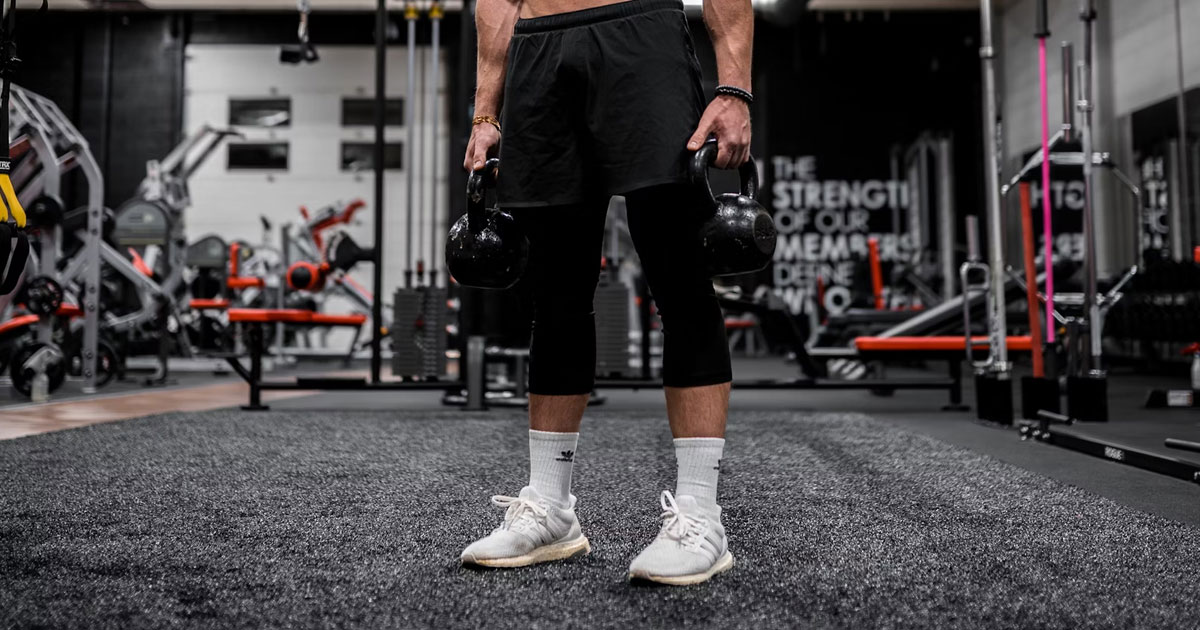
From Sore to Strong: Rehab Strategies for Achilles and Hamstring Tendinopathies
With the rise of Hyrox, hybrid training, and individuals trying their hand in endurance events, more people are pushing their limits and their bodies. Whether you’re training for your next race, chasing a new half-marathon PR, or blending endurance training with strength work, it is no surprise that injuries related to volume are becoming more common, one of them being tendinopathies.
These tendinopathy presentations occur when the load placed on a tendon exceeds its capacity to handle it. This can happen with spikes in volume, intensity, or frequency, especially if the tissue hasn't been given time to adapt to this stimulus.
While it might feel like this issue appeared out of nowhere, tendons typically show us a few signs: morning stiffness, localized pain during loading, and pain that eases with warm-up but then returns after training.
Two of the most common presentations we see in clinic:
1. Achilles Tendinopathy
2. Proximal Hamstring Tendinopathy
Achilles Tendinopathy
The Achilles tendon connects the calf muscles (gastrocnemius and soleus) to the heel and is crucial in running and jumping. Tendinopathy here typically presents as either: Mid-portion Achilles Tendinopathy (>2cm from insertion) Insertional Achilles Tendinopathy
Here are 3 exercises we like to use for Achilles Tendinopathy across the loading continuum:
Isometric Single Leg Calf Raise
helps build tolerance early whilst minimising exacerbation.
2 Up 1 Down Calf Raise
uses slow controlled tempo to strengthen the calf and build capacity in the Achilles.
Seated Calf Raise
important for targeting the soleus, which is often overlooked when rehabbing Achilles pathologies. https://youtu.be/jXthcndgNPA?si=4GQqdiY2ePZ9o-Wv
Proximal Hamstring Tendinopathy
Proximal hamstring tendinopathy is typically seen in long-distance runners and typically presents as deep ache in the upper region of the hamstring, where it attaches to the pelvis. Symptoms often flare with prolonged sitting, running uphill, and deep hip flexion.
Here are 3 exercises I like to use for Proximal Hamstring Tendinopathy across the loading continuum:
Long Lever Glute Bridge Holds
provides early loading in a position of low compression to minimise irritation
Glute Ham Raise
improves tissue tolerance by developing eccentric hamstring strength and posterior chain control.
Single Leg Romanian Deadlift
progressively loads the hamstring in hip flexion whilst challenging pelvic and trunk stability.
Tendinopathy doesn’t mean giving up running or training; it just means you need to be smarter with your training approach. Applying the right amount of load, structure, and time gives your tendons time to adapt, so you can return to performing at your best.